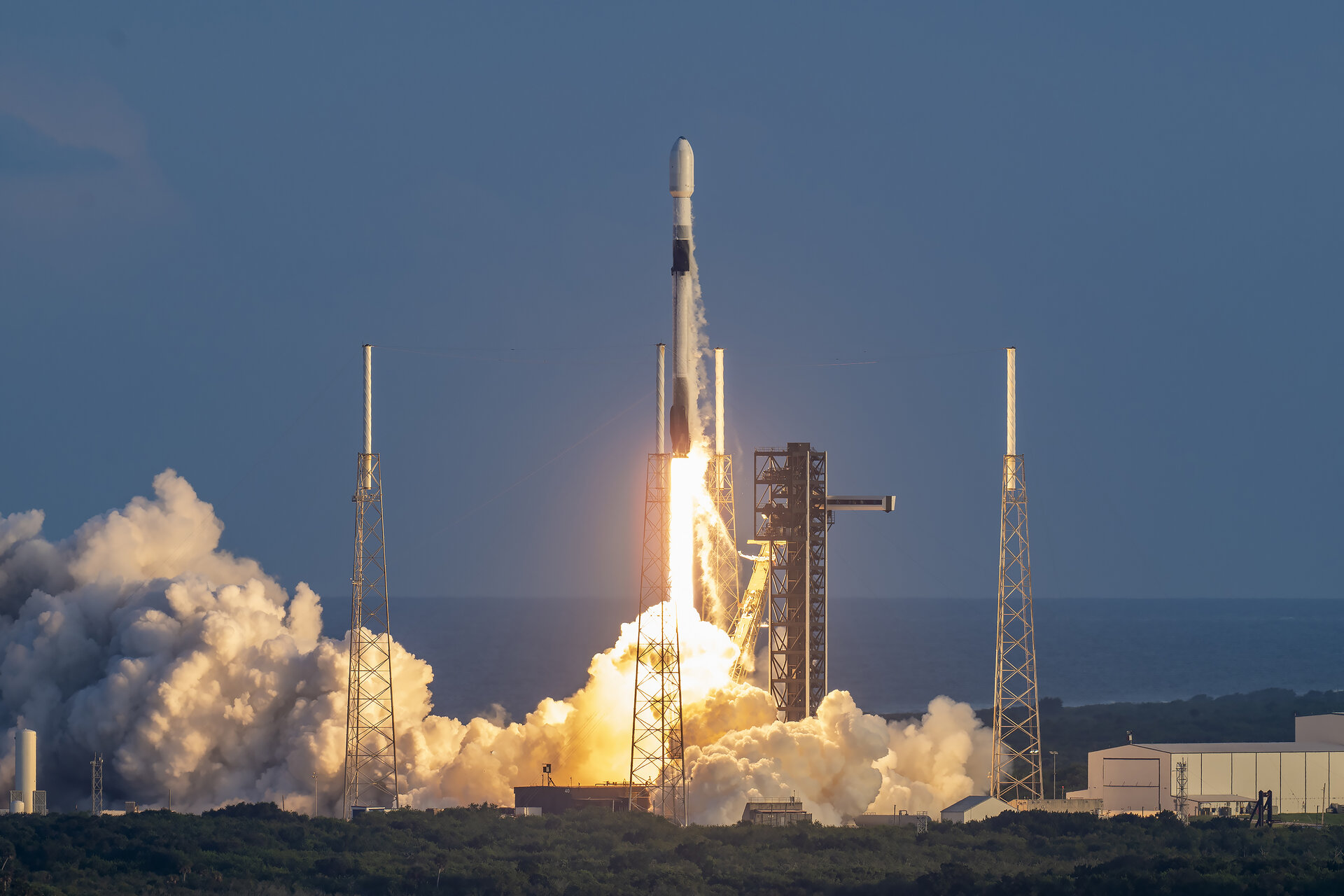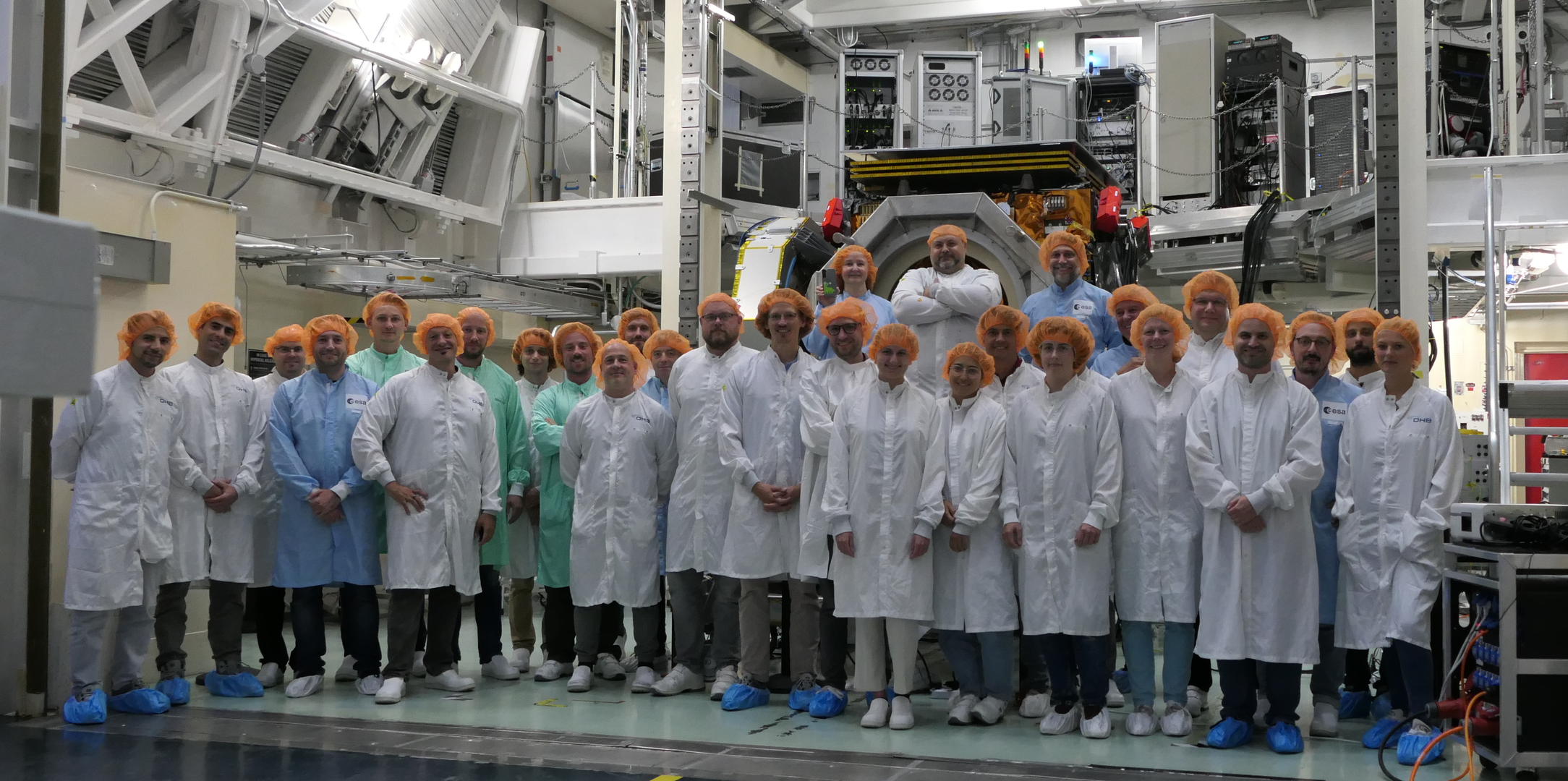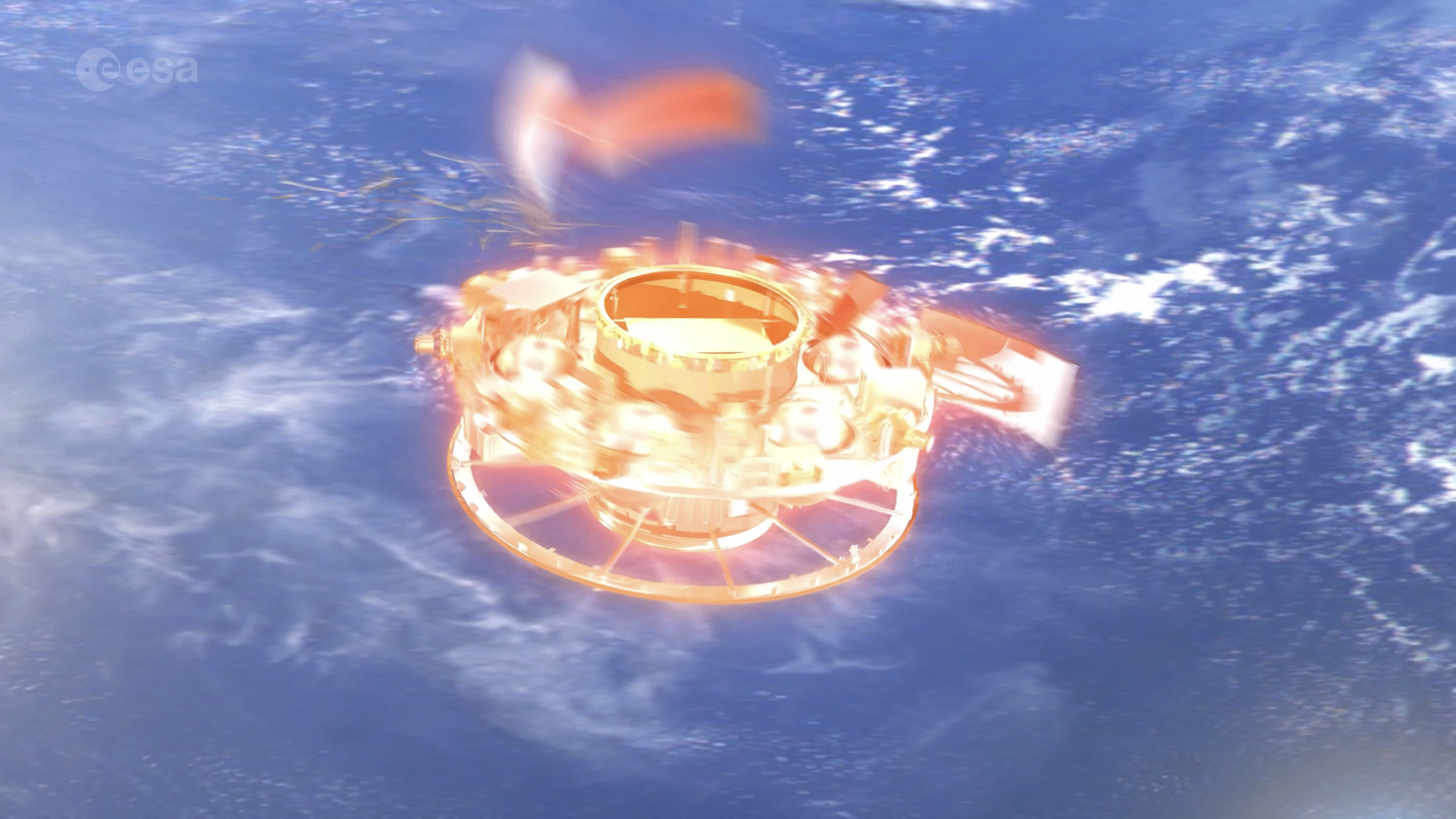A new book looks at the latest scientific insights versus a key question in astronomy and space science.
It’s tough to answer a scientific question, with a just data point of one. How special are we, and how common (or rare) is the story of how life arose on the Earth in the grander drama of the cosmos?
A new book out this week entitled Is Earth Exceptional? The Quest for Cosmic Life by Mario Livio and Jack Szostak looks at the scientific state of answering this key question. The book offers a sweeping view of the nascent science of astrobiology, a multi-disciplinary field melding biology, chemistry, astronomy and more.
Astrophysicist Mario Livio is also the author of Brilliant Blunders: From Darwin to Einstein, Colossal Mistakes by Great Scientists that Changed Our Understanding of Life and the Universe and The Equation That Couldn’t be Solved: How Mathematical Genius Discovered the Language of Symmetry.
Co-author and Nobel laureate Jack Szostak worked on the Human Genome Project and was the co-recipient of the 2009 Nobel Prize for Physiology and Medicine for discovering how telomeres defend chromosomes.
The basic premise of the book looks at the riddle of how the basic building blocks of life—from amino acids, RNA and the first cells—emerged on Earth. Could the same processes by common elsewhere?
Remember Rare Earth from about 20 years back? That book definitely made ripples in the fledgling field of astrobiology, by positing that a series of rare circumstances led to life to arise on the Earth. Is Earth Exceptional? Updates the science on this question and debate a generation later.
Exceptional Earth
The book doesn’t shy away from some pretty extensive organic chemistry in the first half. It’s rather tantalizing to researchers that simple life came into existence almost as soon as the conditions were ready for it. Was this a fluke, or a cosmic imperative? The chemistry of primordial life is a big mystery. Is Earth Exceptional looks at the latest findings, and what breakthroughs may be imminent in the field of astrobiology.
We live in an amazing time, a golden age of astronomy that may give us hard answers to these questions in our lifetimes. SETI searches, exoplanet surveys, and space telescopes such as TESS, JWST and the Nancy Grace Roman space telescope (set to launch in 2027) could bare fruit this century. The book points out that even a null result—however disappointing—could still be profound.

The answer could come from missions to worlds in our own solar system searching for signs of life past or present on Mars, Europa or Titan. The book deals with prospects for life on worlds in our solar system, and implications of such a discovery. Farther afield, detections of signs in exoplanet spectra could also herald the detection of exobiology on distant worlds.

For example, we now have the ability to see what’s known as the Vegetation Red Edge. This would be a very strong hint that photosynthesis was afoot via chlorophyll. This is a molecule that—as far as we know—only arises due to life.

All amazing thoughts to consider, as you read Is Earth Special and ponder the state of modern astrobiology.





No comments! Be the first commenter?